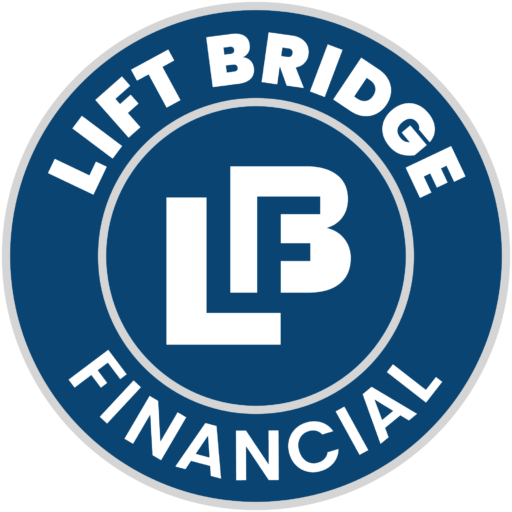Understanding Your Path to Tax-Free Retirement Savings
A Roth IRA (Individual Retirement Account) is a versatile tool that allows individuals to save for retirement while enjoying tax-free growth and tax-free withdrawals. Introduced as part of the Taxpayer Relief Act of 1997, the Roth IRA has become a popular option for savers looking to maximize their retirement income. This article delves into the basics of a Roth IRA, exploring its features, benefits, eligibility requirements, and the steps to get started.
Key Features of a Roth IRA
A Roth IRA stands out from other retirement savings accounts due to its unique tax advantages. Here are the main features that define a Roth IRA:
- Tax-Free Growth: Contributions to a Roth IRA are made with after-tax dollars, meaning you don’t get an immediate tax deduction. However, the money in your account grows tax-free.
- Tax-Free Withdrawals: Qualified withdrawals from a Roth IRA are tax-free, provided certain conditions are met. This includes both your contributions and the earnings on those contributions.
- No Required Minimum Distributions: Unlike traditional IRAs, Roth IRAs do not have required minimum distributions (RMDs) during the account holder’s lifetime, allowing more flexibility in retirement planning.
- Contribution Limits: For 2025, the annual contribution limit for a Roth IRA is $7,000 for individuals under 50 and $8,000 for those 50 and older.
Eligibility Requirements
Not everyone can contribute to a Roth IRA, as there are income limits and other requirements to consider:
- Income Limits: Eligibility to contribute to a Roth IRA is based on your modified adjusted gross income (MAGI). For 2023, single filers with a MAGI of up to $138,000 can make the full contribution, while those with a MAGI between $138,000 and $153,000 can make a reduced contribution. Married couples filing jointly can make the full contribution with a MAGI of up to $218,000, with reduced contributions allowed for a MAGI between $218,000 and $228,000.
- Earned Income: You must have earned income, such as wages or self-employment income, to contribute to a Roth IRA. Investment income and other forms of unearned income do not qualify.
Funding Your Account
You can fund your Roth IRA through various methods:
- Direct Contributions: You can contribute to your Roth IRA by transferring funds from your bank account to your Roth IRA account.
- Transfers and Rollovers: You can transfer funds from another IRA or roll over funds from an employer-sponsored retirement plan, such as a 401(k), into your Roth IRA. Keep in mind that rollovers from a traditional IRA or 401(k) to a Roth IRA may be subject to taxes.
- Automated Contributions: Set up automated contributions to ensure you regularly fund your Roth IRA, taking advantage of dollar-cost averaging and reducing the impact of market volatility.
Making Withdrawals from a Roth IRA
One of the primary benefits of a Roth IRA is the ability to make tax-free withdrawals. However, there are specific rules governing withdrawals:
Qualified Distributions
To make a tax-free withdrawal of earnings, the following conditions must be met:
- The Roth IRA must have been open for at least five years.
- You must be at least 59½ years old, or the distribution must be due to a qualifying event, such as disability or a first-time home purchase (up to a $10,000 lifetime limit).
Non-Qualified Distributions
If you make a withdrawal that does not meet the criteria for a qualified distribution, you may be subject to taxes and penalties on the earnings portion of the withdrawal. However, you can always withdraw your original contributions tax- and penalty-free, as these were made with after-tax dollars.
Advantages of a Roth IRA
There are several reasons why a Roth IRA can be a valuable part of your retirement strategy:
- Tax Diversification: Having a mix of tax-deferred and tax-free accounts can provide flexibility in managing your tax liability in retirement.
- Estate Planning: Because Roth IRAs do not have RMDs, you can leave the account intact for your heirs, who can benefit from tax-free withdrawals.
- Flexibility: Roth IRAs offer more flexible withdrawal options compared to other retirement accounts, making them an attractive choice for those seeking financial independence.
- Potential for Higher Returns: Since Roth IRA investments grow tax-free, the potential for compounding returns over time can be significant, especially if you start contributing early.
Conclusion
A Roth IRA is a powerful tool for retirement savings, offering unique tax advantages and flexible withdrawal options. By understanding the basics and taking advantage of its features, you can build a robust financial foundation for your future. Whether you’re just starting your career or approaching retirement, a Roth IRA can help you pursue your financial goals and work towards a tax-free retirement.
